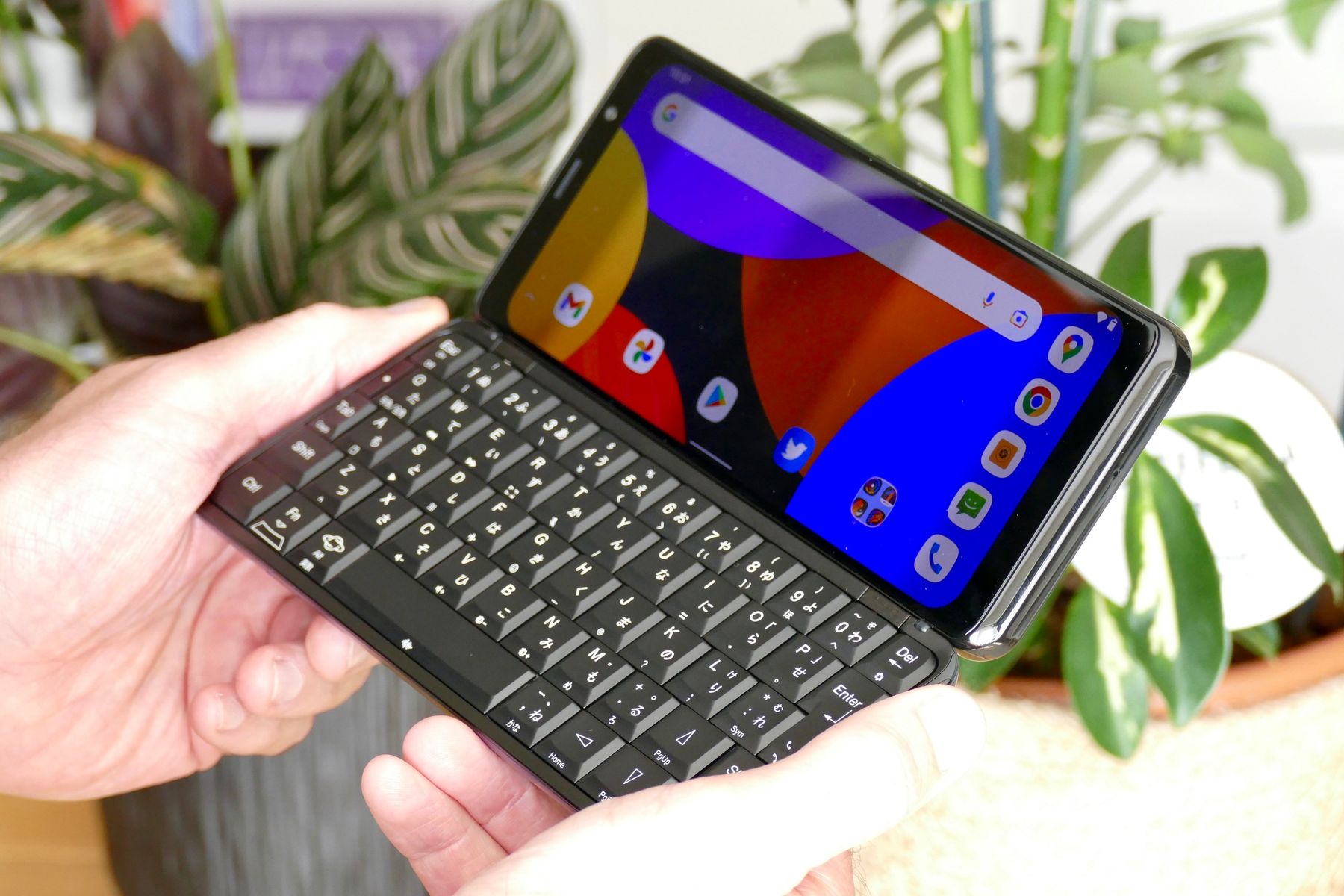
Introduction to Physical Keyboards on Android
Physical keyboards on smartphones have a rich history, dating back to the early days of mobile phones. Brands like BlackBerry were once synonymous with devices featuring QWERTY keyboards, offering a unique blend of functionality and nostalgia. However, with the advent of touchscreen technology, the demand for physical keyboards dwindled. Today, only a few manufacturers continue to produce Android phones with physical keyboards, catering to a niche market that values typing accuracy and speed.
Best Android Phones with Physical Keyboards
BlackBerry KEY2 and KEY2 LE
The BlackBerry KEY2 and KEY2 LE are among the most iconic devices in this category. These phones feature a classic QWERTY keyboard design that has been refined over the years. The KEY2 boasts a sleek aluminum frame with a textured back for a comfortable grip, while the KEY2 LE offers a more budget-friendly option without compromising on the keyboard experience.
Key Features:
- Keyboard: The inbuilt QWERTY keyboard is robust, featuring keys that can handle millions of presses.
- Performance: Powered by a Snapdragon 660 processor and 6GB of RAM, ensuring smooth performance.
- Battery Life: Equipped with a 3500mAh battery for extended use.
- Security: Includes a fingerprint reader for added security.
The KEY2 series is renowned for its Speed Key, which allows quick shortcuts and customization. The backlit keyboard enhances visibility in low-light conditions, making it an excellent choice for those who prefer a hybrid touchscreen-keyboard experience.
Unihertz Titan Series
Unihertz is a company that specializes in niche smartphones, including several models with physical keyboards. The Unihertz Titan series includes the Titan, Titan Pocket, and Titan Slim, each offering a unique blend of rugged design and keyboard functionality.
Key Features:
- Design: The Titan series is known for its rugged build quality, making it ideal for users who need a durable device.
- Keyboard: Full QWERTY keyboards provide tactile feedback and precision typing.
- Performance: Powered by various Snapdragon processors depending on the model, ensuring reliable performance.
- Battery Life: Devices in this series often come with high-capacity batteries, such as the Titan's 4000mAh battery.
The Unihertz Titan Pocket is a smaller version designed for one-handed use, while the Titan Slim offers a sleeker design without compromising on durability.
Other Options
While BlackBerry and Unihertz dominate the market for physical keyboard phones, there are other options worth considering:
- Older Samsung/LG Models: Some older Samsung and LG models feature slide-out keyboards that can be found on the used market. These devices may not offer the latest features but provide a nostalgic typing experience.
- Attachable Keyboards: For those who prefer the flexibility of a touchscreen but still want the option of a physical keyboard, attachable keyboards are available. These can turn any touchscreen phone into a keyboard phone, offering a hybrid user experience.
Factors to Consider When Choosing an Android Phone with a Keyboard
Display
The display is often overlooked but is crucial for daily use. A good display should cover a wide color gamut, be durable, and have a high refresh rate for smooth visuals. This ensures that the screen is not only aesthetically pleasing but also functional.
Performance
Performance is critical for any smartphone, especially those with physical keyboards. Look for devices powered by recent Qualcomm Snapdragon chipsets, which are capable of handling daily and weekly app onslaughts with ease.
Camera Quality
Camera quality is essential for capturing memories and moments. The best Android phones feature camera systems that are reliable and flexible, capable of capturing any shot you want. Ample storage size is also considered during the selection process to ensure you have enough space for your photos and videos.
Battery Life
Battery life is crucial for smartphones, especially those with physical keyboards. The top picks on this list are not only able to last from morning to night but also support fast charging when it's time to top up.
Price
Price is a significant factor when choosing an Android phone with a keyboard. While some devices may be more expensive, they often offer better performance, camera quality, and battery life. Look for devices that offer value for money without compromising on essential features.
Market Trends and Consumer Preferences
Despite the decline in popularity of physical keyboards, there is still a niche market that values these devices. Users who prefer physical keyboards often prioritize typing accuracy and speed. The trends show a consistent demand for such devices, influenced by consumer desire for functional typing and device longevity.
Choosing the Right Physical Keyboard Phone
Picking the right model involves considering various factors like keyboard layout and device performance. For users who want a blend of modern specs and traditional design, the BlackBerry KEY2 or Unihertz Titan series might be ideal choices. The tactile feel of the keyboard and the overall device specs should meet the user’s expectations for productivity and multimedia use.
While the market for Android phones with physical keyboards is dwindling, there are still some excellent options available in 2024. The BlackBerry KEY2 and KEY2 LE offer a classic QWERTY keyboard experience with modern features, while the Unihertz Titan series provides rugged designs with full QWERTY keyboards. For those who prefer a more budget-friendly option or a hybrid touchscreen-keyboard experience, older Samsung/LG models and attachable keyboards are worth considering.
In summary, while the world may have moved towards touchscreen interfaces, there is still a place for physical keyboards in the smartphone market. For those who value precision typing and a unique user experience, these devices offer a blend of nostalgia and functionality that is hard to match with software keyboards alone.
